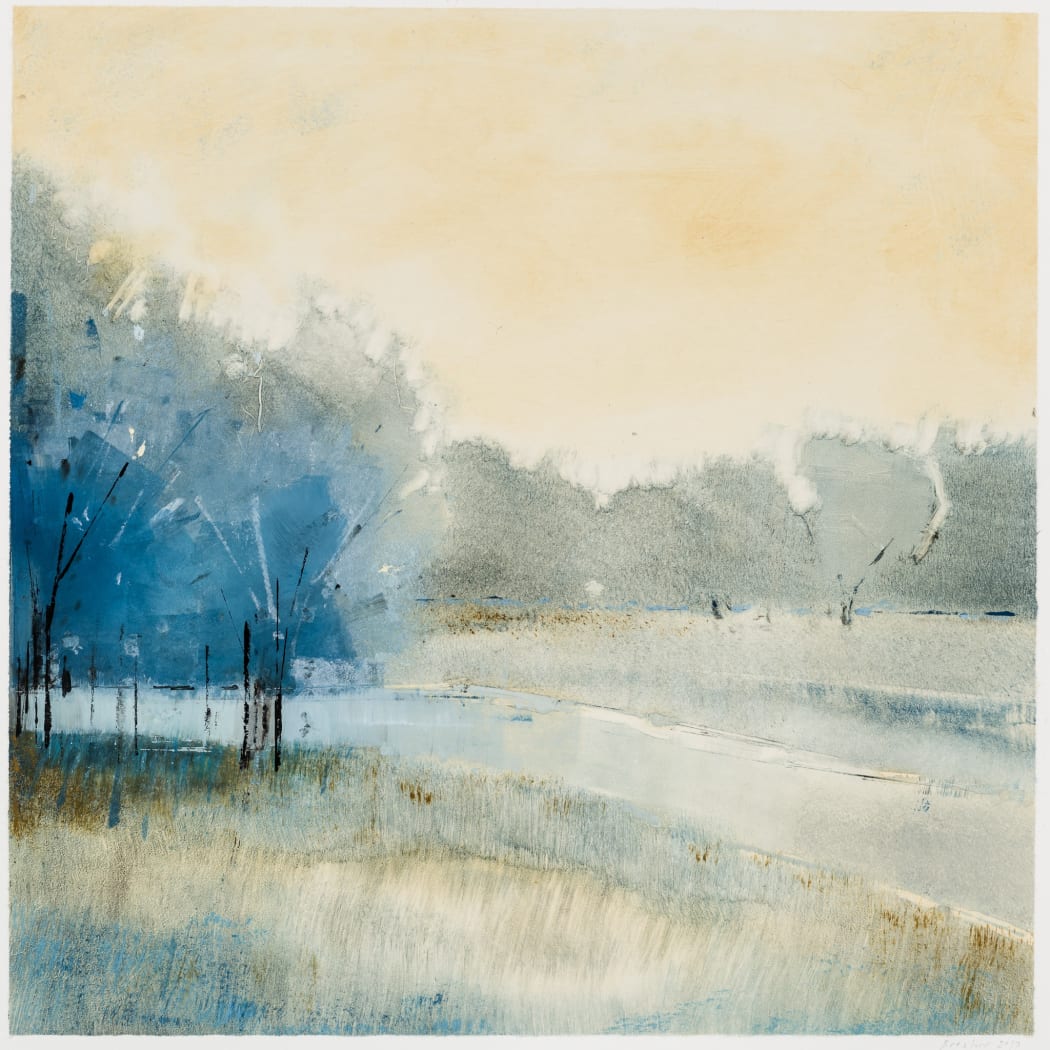

Susan English, "Horizontal/Vertical No. 10"
Work on paper has been an integral part of Kathryn Markel Fine Arts' program since it began. During our interview with Kathy for our 40th anniversary, she tells the story of transitioning from being a traveling salesman for Landfall Press in Chicago to moving to New York and starting her own gallery for original works on paper. It was a natural progression from selling prints, and working from flat files alone suited her small space in the Upper East Side perfectly. Focusing on paper also aligned with Kathy's mission of making the art world more accessible and democratic, which has not come without its challenges:
Work on paper gets no respect from the art world. There are very few famous artists that only work on paper. For an artist to be famous, they also must work on canvas, sculpture, or installation. So unfortunately, since I've always been drawn to work on paper, the art world has never been particularly interested in the artists I carry.
Also, I love and exhibit beautiful art - which is kind of a no-no. I don't show art that is political or conceptual - also a no-no. I’ve always had a problem with a painting or sculpture that is not compelling on it's own - a work that needs an explanation or a backstory in order to make it compelling. So much contemporary art requires a PHD in semiotics to understand it, and I find that very elitist. I’ve always thought that art should be for everybody. And that's the kind of art that I represent.
While Kathy started selling paintings as well, she continued to expand her selection of contemporary works on paper that are beautiful as well as visually and intellectually rigorous. They also serve as a particularly good gateway for collecting art, and here's why:
The price point is unbeatable. Work on paper is much less expensive than canvas, and provides a realistic option for a wide audience to aquire art. There is much good work on paper for less than $1,500.

Diane Ayott, "Ponder Ponds" ($750)
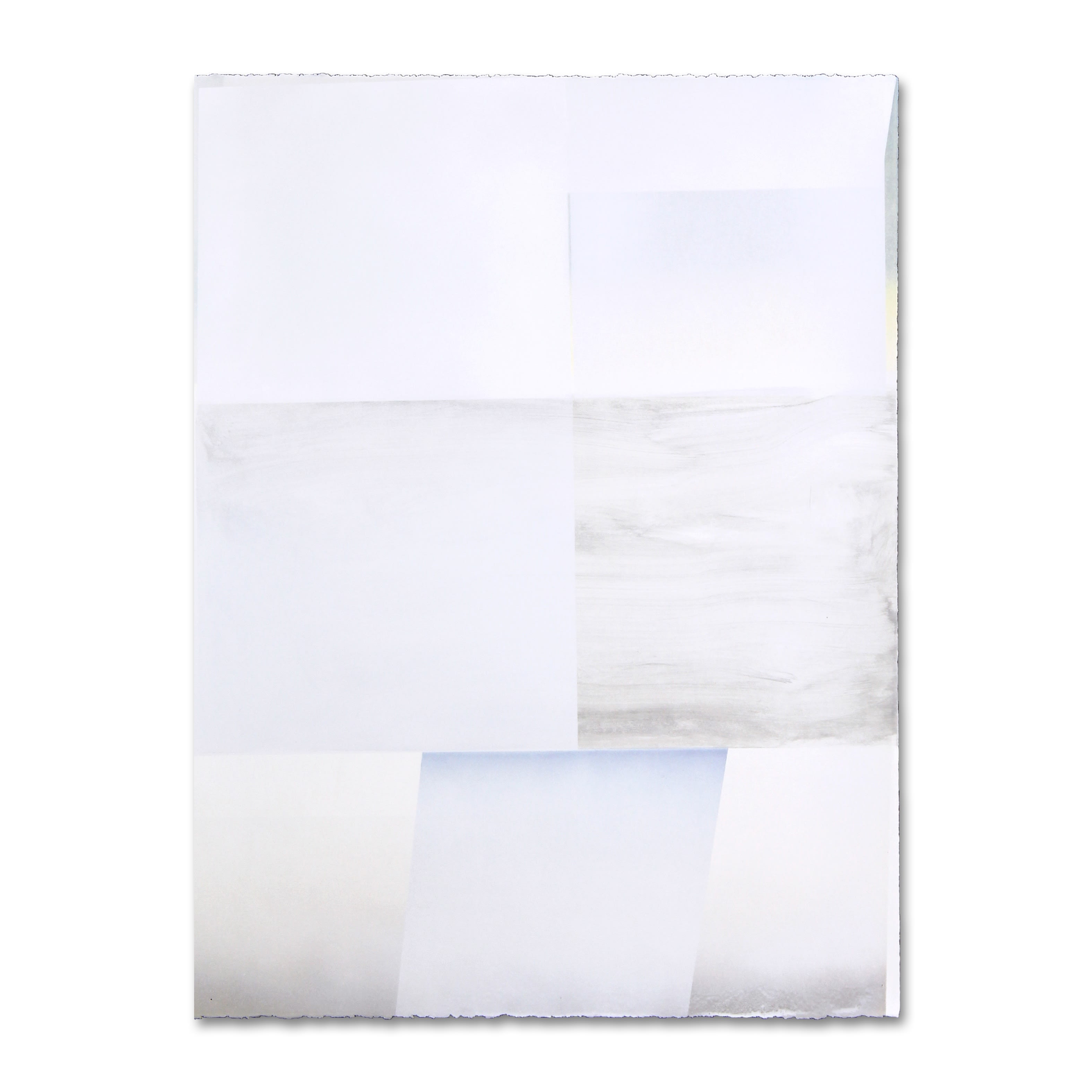
Jeffrey Cortland Jones, "Workt (Civil)" ($800)

Martina Nehrling, "Yes No" ($700)
There are large works on paper (Ky Anderson, for example, has a project called Paper Giants), but they're typically smaller in scale and are therefore more easily incorporated into established homes and smaller spaces. Here's a small Ky Anderson in situ:
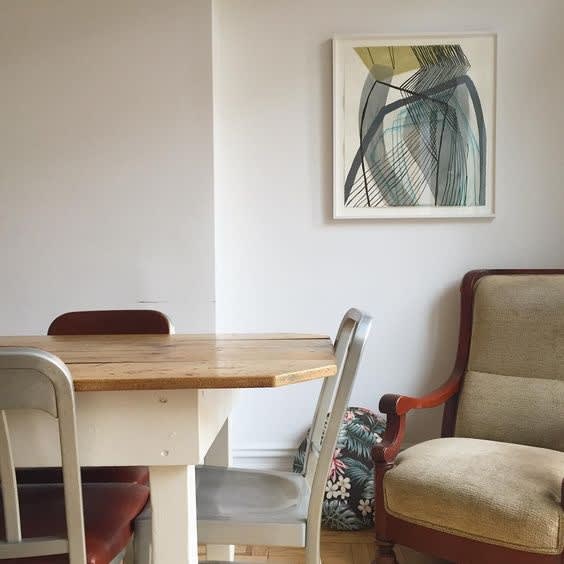
A Kim Uchiyama pair:
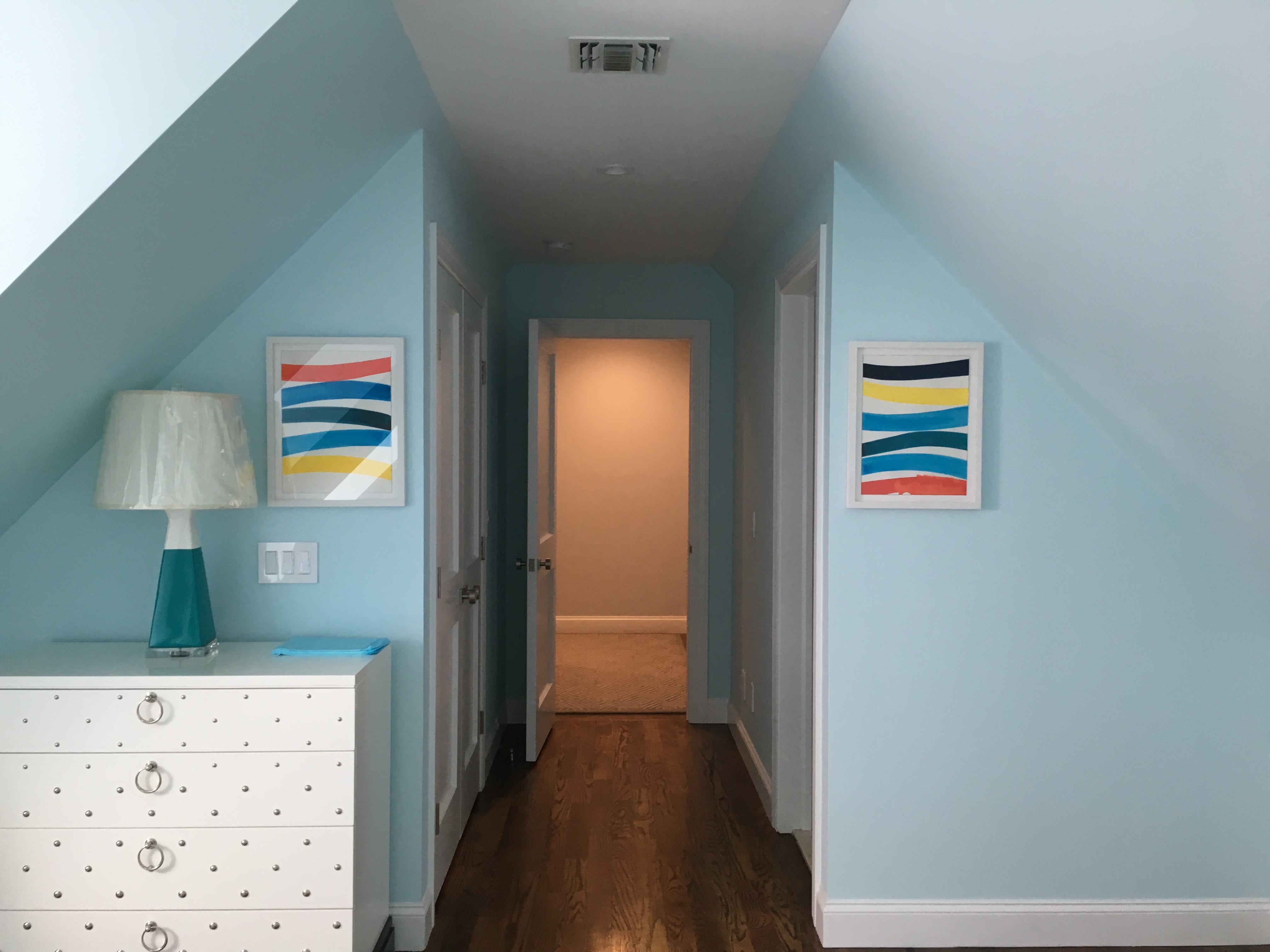
And two Ana Zanic pieces:
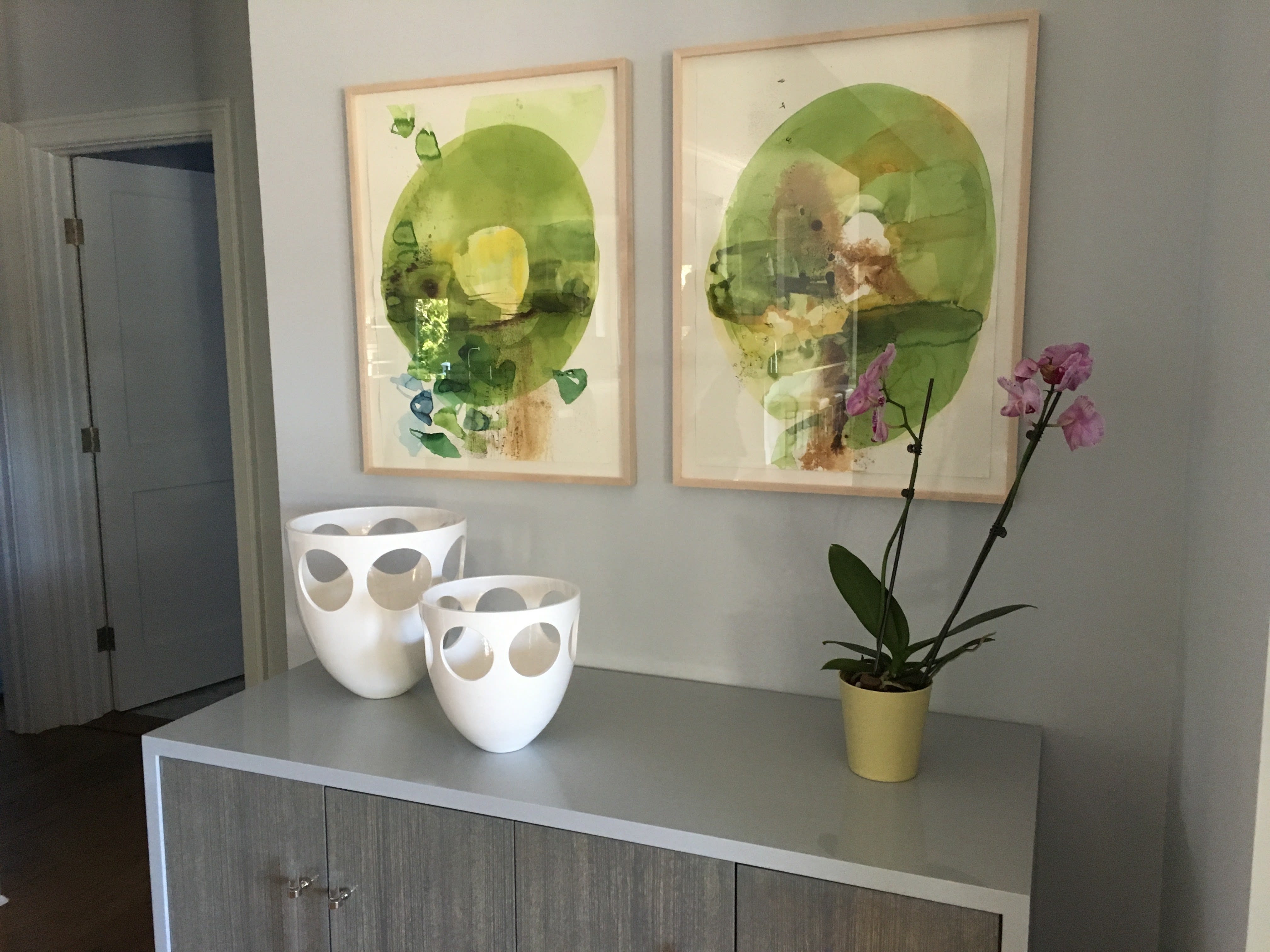
There's also an incredibly large variety of art that can be found in the world of paper, so there's a lot to explore. There's painting:

Daniel Brice, "OX #49"
Pastels and charcoal:

Rocio Rodriguez, "November 21, 2014"
Monotypes:

Lisa Breslow, "Blue Truck 3"
Mixed media:

Marilla Palmer, "The Blue Bowl"
Ink:

Sarah Irvin, "Outbreak"
Encaustic:
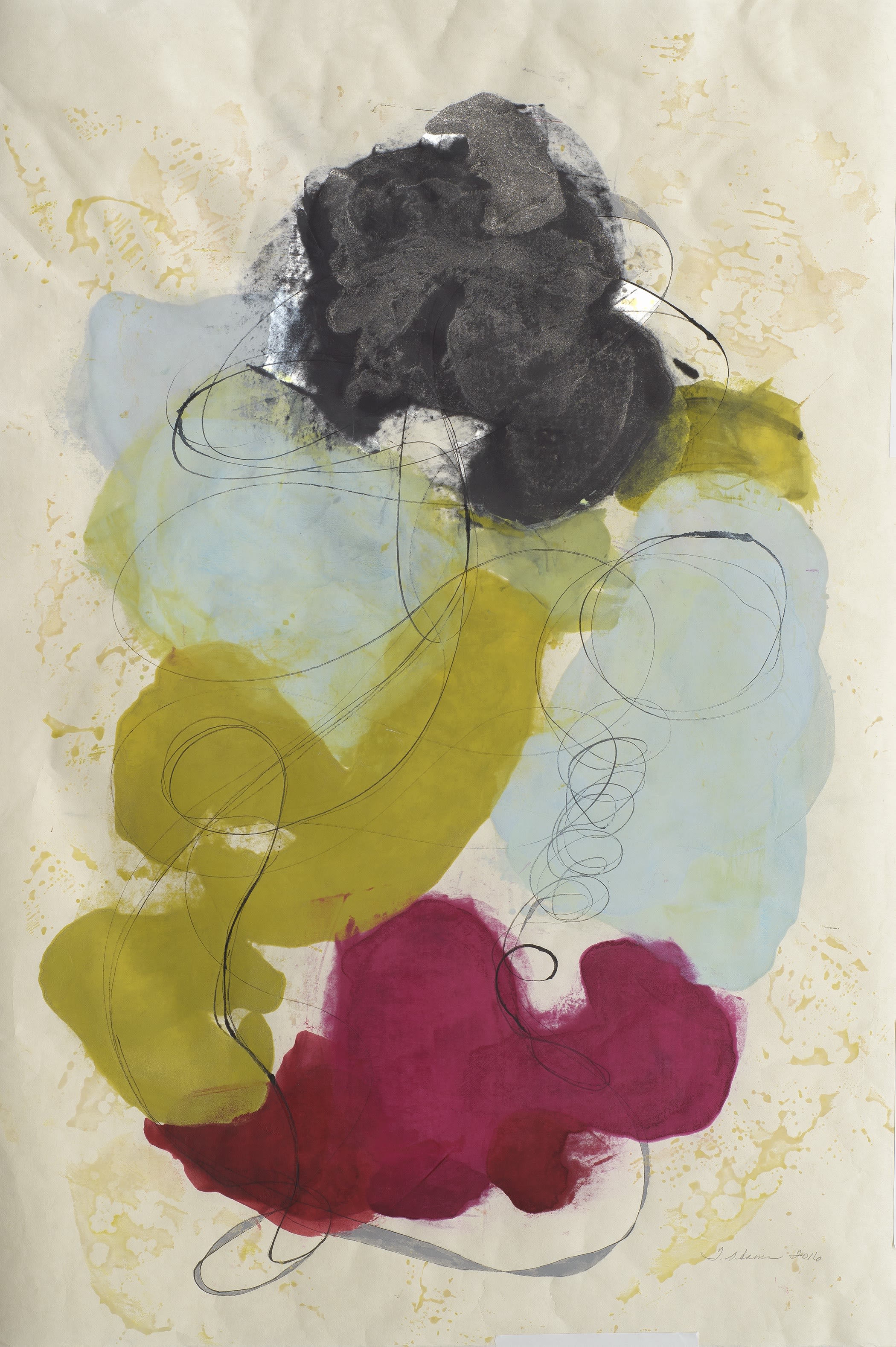
Tracey Adams, "Guna V"
Or embroidery:
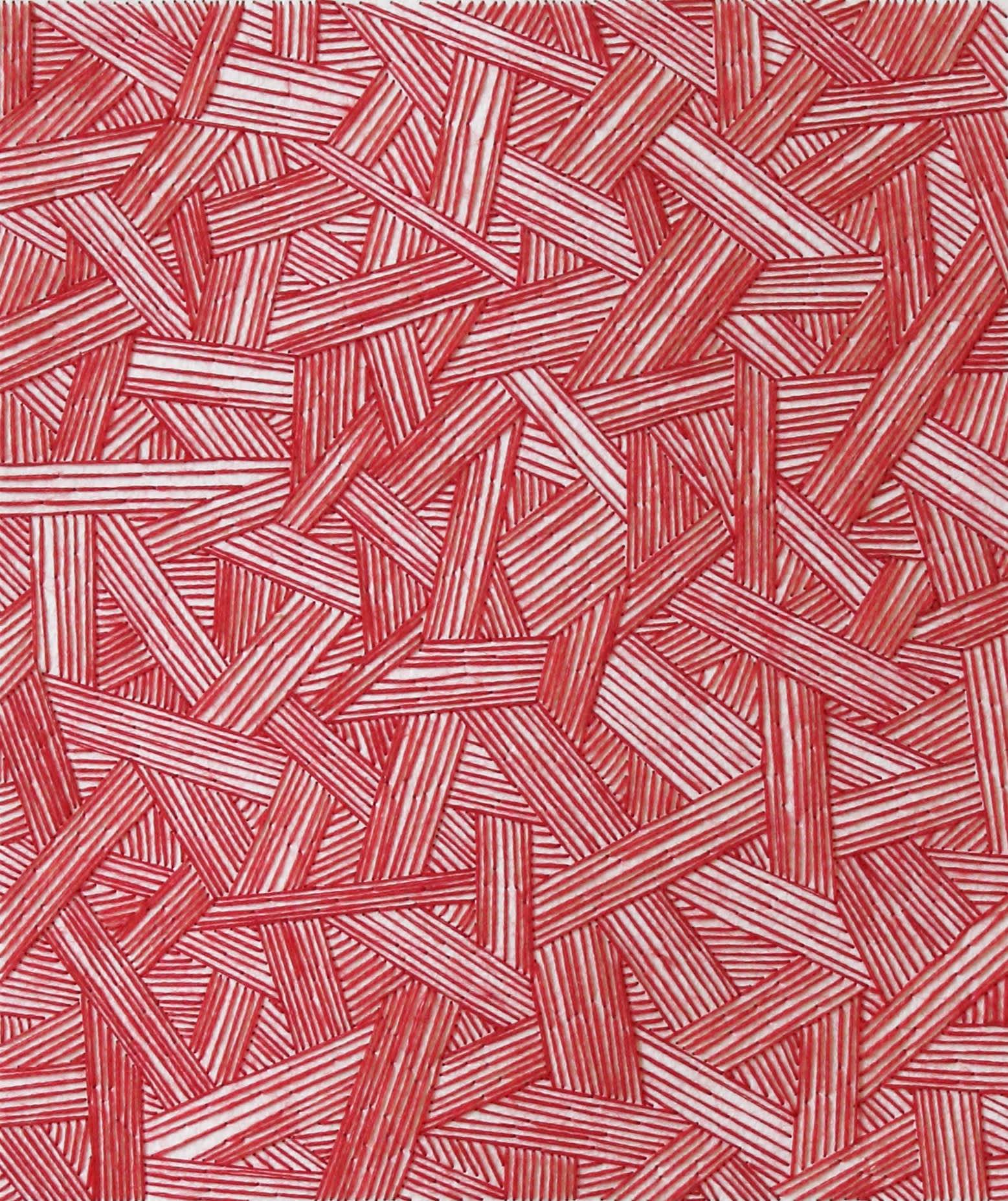
Emily Barletta, "Untitled 58"
And that's still just scratching the surface! Works on paper also give a collector a chance to really get to know an artist's technique, aesthetics, and vision. Going hand-in-hand with their smaller sizes, works on paper tend to present the essence of an artists' voice. For artists that also work on canvas, when they choose paper they're paring down their visual vocabulary to their most important marks and motifs.
Joanne Freeman's current body of work has evolved from her "Covers" series, works on paper inspired by album covers, graphic design, and midcentury modern style.
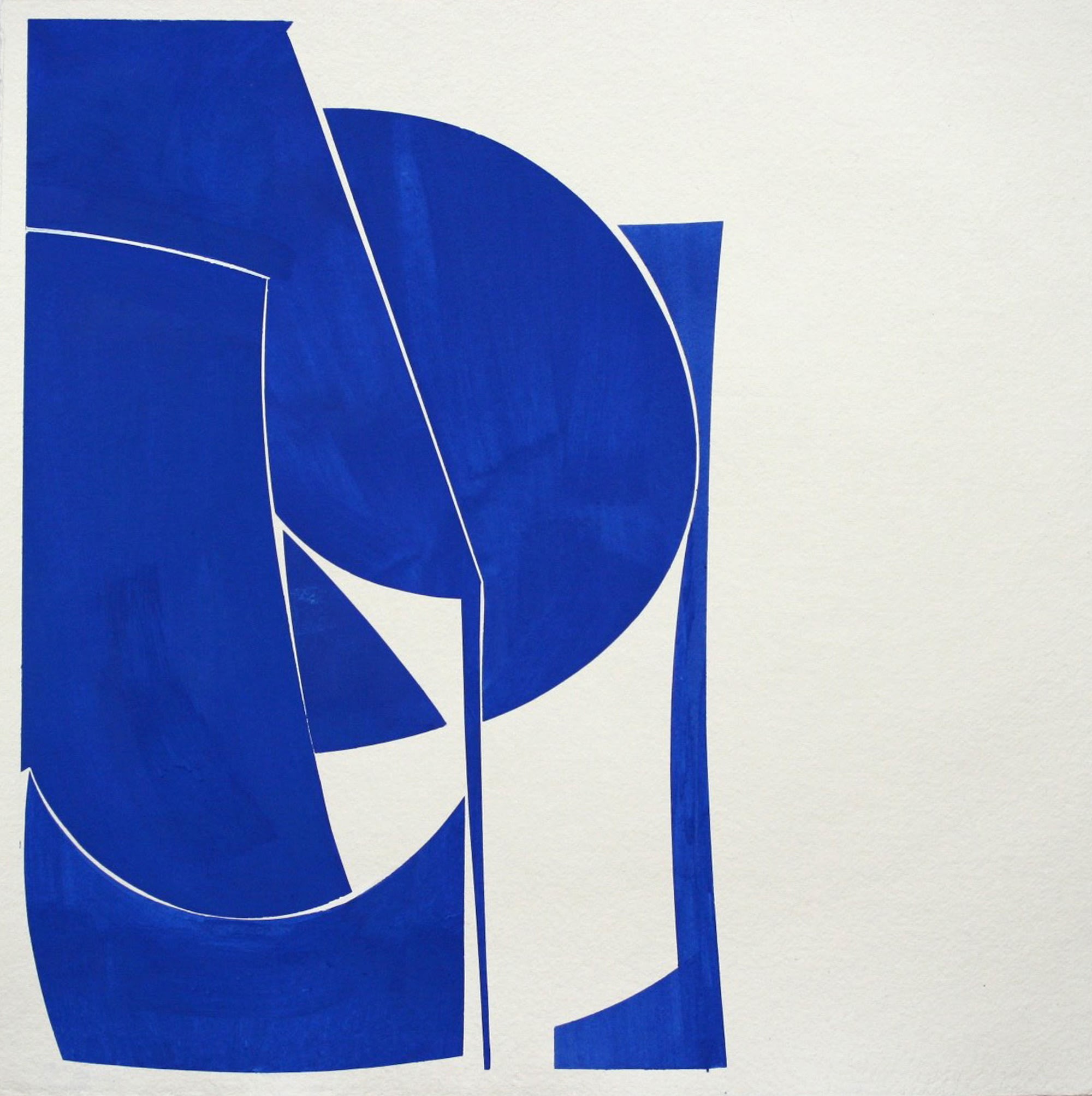
Dana Oldfather obliterates scenes of domestic life with frenetic mark-making in her paintings, but her works on paper concentrate on the emotional weight of those marks:
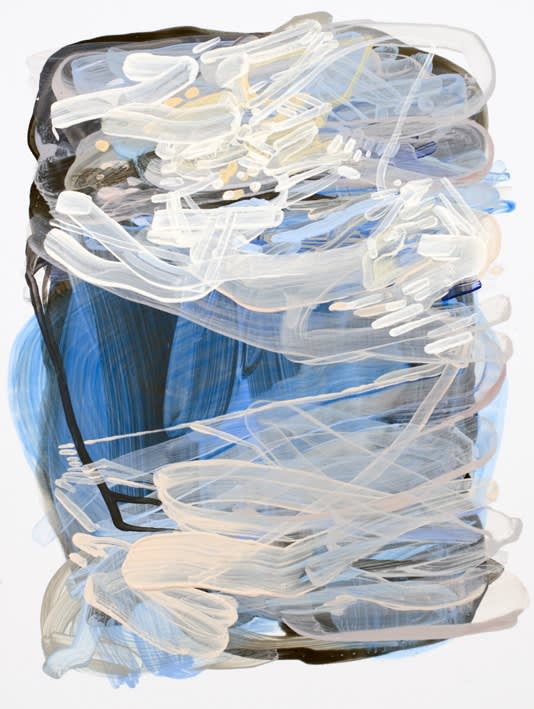
Stephen Pentak's landscapes shift between representation and abstraction. They're built up with broad strokes of color that create tranquil scenes from afar and are then revealed upon closer inspection. He pushes this technique furthur toward abstraction with his works on paper; his grounds are fields of color that support select signifiers of landscape.
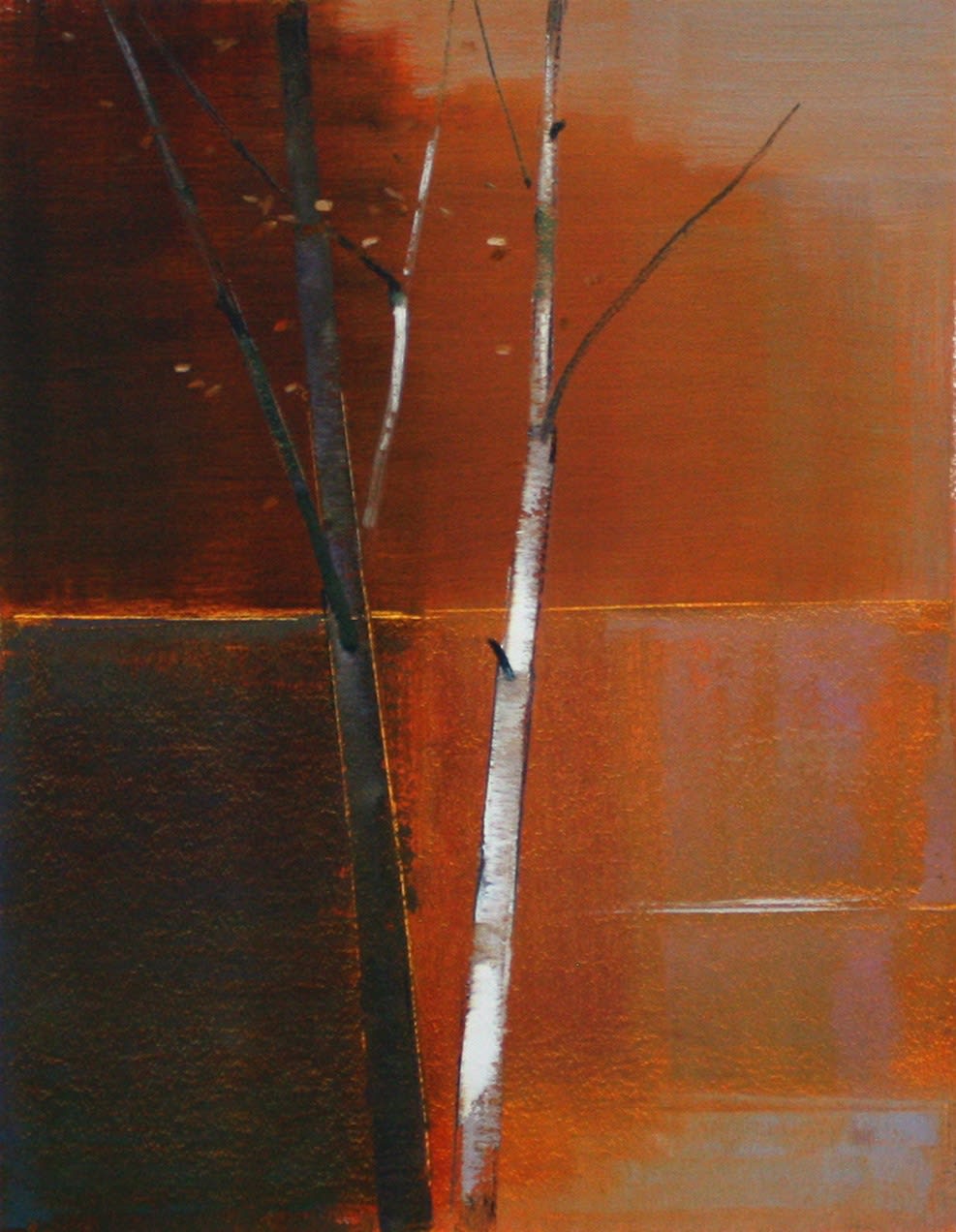
A unique quality of works on paper is that often the paper itself can be an essential component of the piece. Artists, like Freeman, might work with handmade paper that adds another level of artistry to the work. The texture its fibers lend to the surface and the raw edges lend further intimacy as one imagines the creation of the paper alongside the artist's process. That surface also allows artists to manipulate their medium in ways that feel unfamiliar compared to how we've grown accustomed to seeing them on canvas or panel. Julian Jackson, Marcelyn McNeil, and Tamar Zinn, for example, make oil paint - typically so luscious and tactile - appear closer to pastel when on paper.
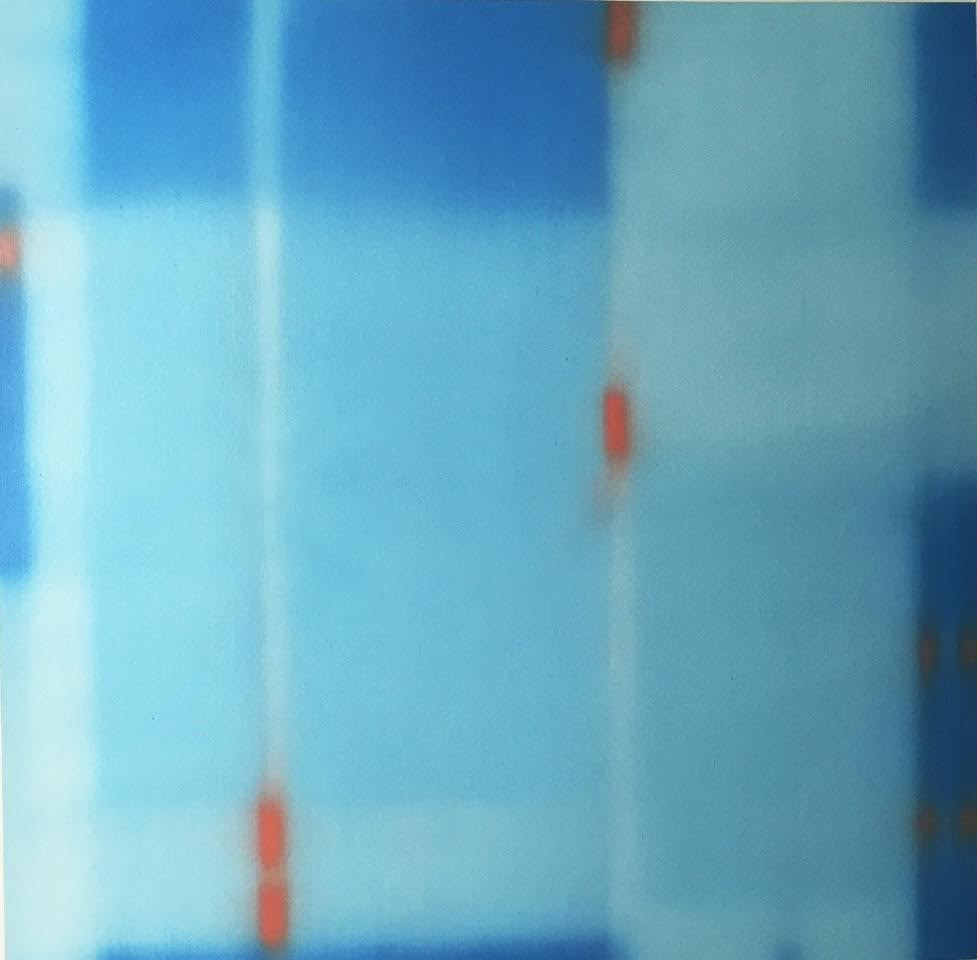
Julian Jackson, "Summer Pages #4"

Marcelyn McNeil, "Sliced, Diced, Scattered, and Covered #2"
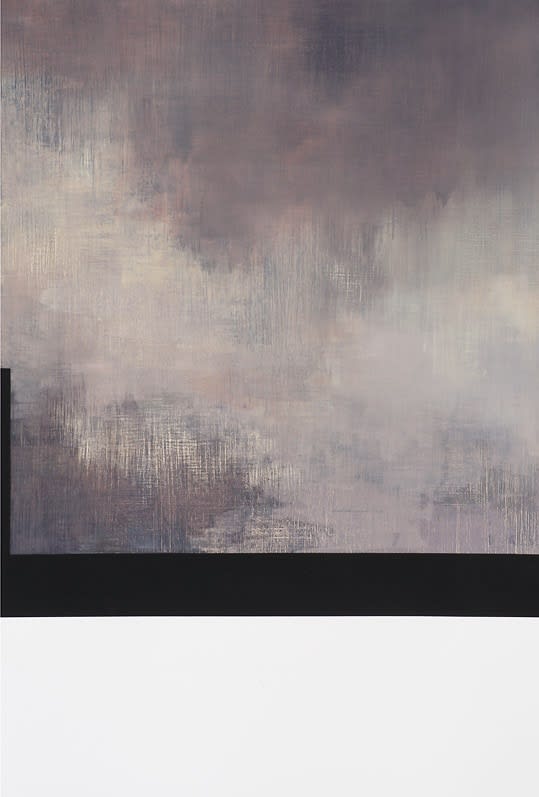
Tamar Zinn, "At the still point 49"
Work on paper often suffers in the art market from a limited scope and vision, but this is just a short introduction to the potential of paper. There is so much to explore and it's a simple, accessible way to start a collection.
Take a look around our site or stop by the gallery to see more works on paper, or you can find us at Art on Paper, an art fair where we feel right at home. This year, the fair is from March 8-11th. We'll be in Booth 212!










